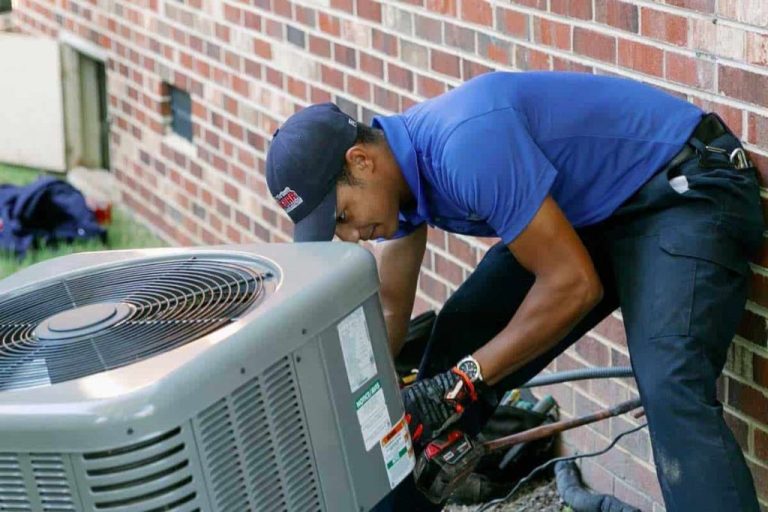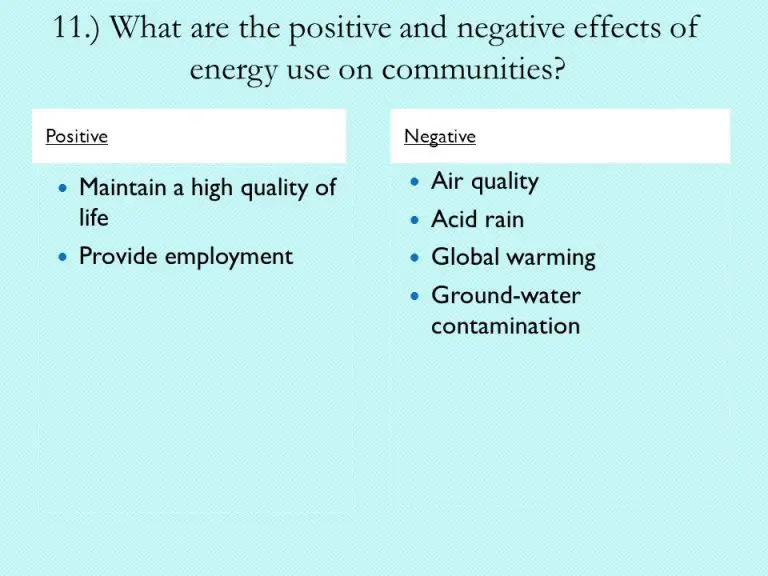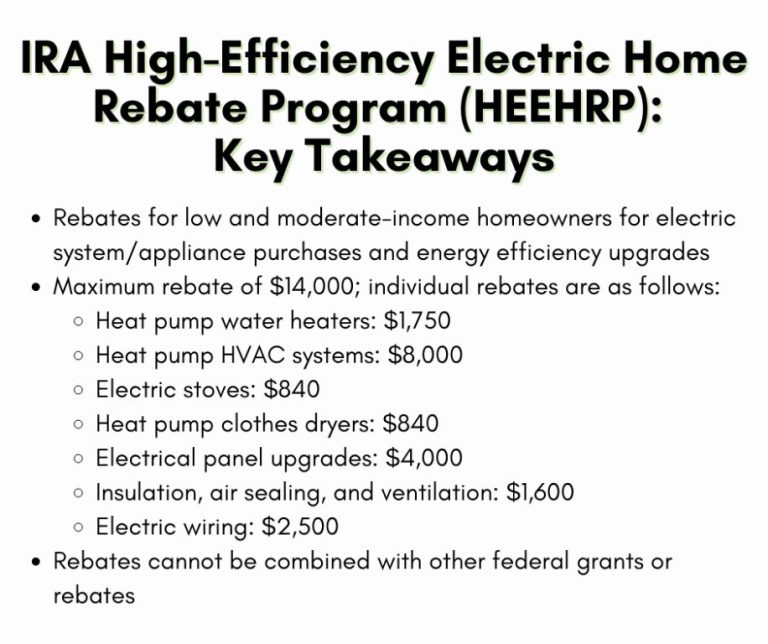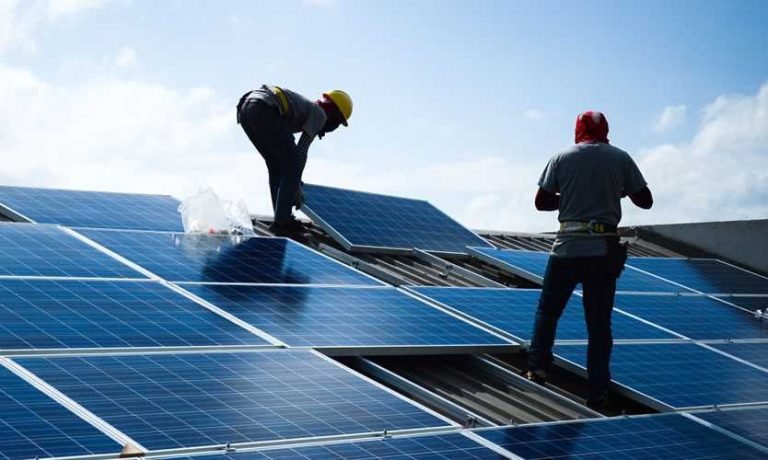What Is The National Energy Efficiency Action Plan Malaysia?
Introduction
Malaysia is an energy-hungry nation, with energy demand growing rapidly in parallel with its economic and industrial growth. Fossil fuels like oil, gas and coal dominate Malaysia’s energy mix, comprising over 80% of primary energy supply according to the International Trade Administration. This dependence on fossil fuels, rising energy demand and energy subsidies have contributed to inefficiencies and increase the nation’s carbon footprint.
To promote more efficient energy use and spur renewable energy development, Malaysia introduced the National Energy Efficiency Action Plan in 2014. This national framework aims to catalyze energy savings and optimize energy utilization across all economic sectors through 2030. Key goals include reducing energy intensity by 40% and adding renewable energy generation capacity to meet 11% of national electricity needs by 2030.
History
The National Energy Efficiency Action Plan was first introduced in Malaysia in 2008 by the Ministry of Energy, Green Technology and Water (KeTTHA). Its creation was prompted by the need to improve energy efficiency and conservation efforts in Malaysia. Prior to this, Malaysia did not have a comprehensive national policy focused solely on energy efficiency.
The introduction of the plan came at a time when energy consumption in Malaysia was rising rapidly. From 1990 to 2008, final energy demand grew at an average rate of 6.8% per year (ASEAN Centre for Energy, 2021). Malaysia was also experiencing supply shortages, with frequent blackouts and rationing of electricity and natural gas supplies.
Some previous policies that touched on energy efficiency in Malaysia include the 1979 National Energy Policy, the 2000 National Depletion Policy, and the 2001 Five-Fuel Diversification Policy. However, these policies focused more broadly on fuel supply rather than specifically targeting energy efficiency improvements (Sovacool, 2016). The National Energy Efficiency Action Plan thus represented the first concerted national effort aimed solely at enhancing energy efficiency in Malaysia.
Sources:
[ASEAN Centre for Energy, 2021](https://asean.org/wp-content/uploads/2021/08/5th-ASEAN-Energy-Outlook-AEO5.pdf)
[Sovacool, B.K., 2016](https://www.ijournalse.org/index.php/ESJ/article/download/1932/pdf)
Objectives
The main objectives of the National Energy Efficiency Action Plan are to reduce energy intensity, increase energy efficiency, and promote conservation in Malaysia. Some of the key targets outlined in the plan include:
– Reduce electricity consumption in government and commercial buildings by 20% by 2025 compared to business-as-usual levels.
– Achieve an overall energy savings of 2,080 ktoe (thousands of tons of oil equivalent) by 2025 across all sectors.
– Improve average fuel economy for new passenger and commercial vehicles by 25% by 2025.
– Increase use of high efficiency motors in industrial facilities from 1% in 2017 to 30% by 2025.
– Double the number of buildings with Green Building Index (GBI) or GreenRE certification from 250 in 2017 to 500 by 2025.
The plan focuses on improving energy efficiency in several key areas including industry, buildings, appliances and equipment, transport, infrastructure, and power generation. Some of the main strategies outlined for these sectors include:
– Providing incentives and financing for industries to adopt energy management systems and upgrade to more efficient technologies.
– Implementing building energy codes and retrofitting existing buildings with better insulation, lighting, and cooling systems.
– Phasing out incandescent bulbs and inefficient appliances and adopting minimum energy performance standards.
– Promoting public transportation, fuel economy standards, and adoption of electric and hybrid vehicles.
– Improving efficiency of water services, street lighting, data centers, and transmission and distribution networks.
– Increasing renewable energy capacity and retiring older inefficient fossil fuel plants.
Strategies
The National Energy Efficiency Action Plan outlines several key strategies and measures to improve energy efficiency in Malaysia. Some of the main strategies include:
- Implementing minimum energy performance standards for appliances and equipment
- Providing financial incentives for energy efficiency investments
- Launching public awareness campaigns on energy conservation
- Promoting the use of energy-efficient technologies in industrial facilities
- Improving efficiency standards for buildings and enacting green building codes
The plan aims to achieve these goals through a mix of policies, incentives, regulations, and education campaigns. For example, the government plans to provide tax deductions for companies that invest in energy-efficient equipment or buildings. There will also be mandatory energy audits and reporting requirements for large energy users. Public facilities will be required to reduce energy usage by a certain percentage each year. And schools will integrate energy efficiency and conservation topics into curriculums.
Overall, the National Energy Efficiency Action Plan outlines a comprehensive set of strategies to improve Malaysia’s energy productivity and reduce energy waste across all sectors of the economy. By implementing these policies and measures, Malaysia aims to reduce its energy intensity by 40% by 2030 compared to 2005 levels (source).
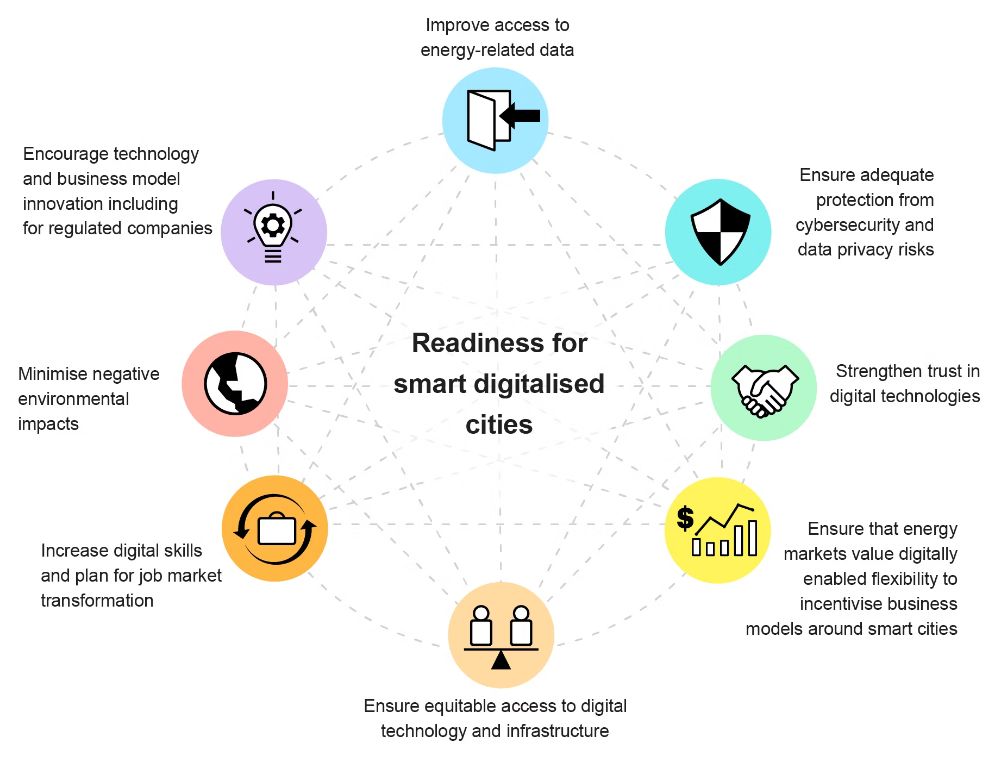
Implementation
The National Energy Efficiency Action Plan (NEEAP) is implemented by the Ministry of Energy and Natural Resources through the Sustainable Energy Development Authority (SEDA) Malaysia. SEDA serves as the lead agency to drive and catalyze energy efficiency initiatives across all economic sectors.
Some key measures for implementing the NEEAP include:
- Introducing energy management standards and practices for large energy users
- Providing financial incentives for companies to invest in energy efficient technologies
- Conducting energy audits and retrofitting of government buildings and facilities
- Raising minimum energy performance standards for appliances and equipment
- Promoting the use of energy efficient lighting, air conditioners, motors and other technologies
- Implementing awareness campaigns to encourage energy conservation habits among businesses and households
- Building capacity through training programs on energy management and energy auditing
SEDA works closely with related agencies, state governments, industry associations, businesses and the public to roll out energy efficiency initiatives nationwide. It provides technical support, advisory services and administers financial mechanisms to catalyze investments in energy efficiency.
Funding
The National Energy Efficiency Action Plan for Malaysia is funded through a combination of government budget allocations, grants, loans, and private sector partnerships. According to the 5th ASEAN Energy Outlook, the plan’s projects receive national budget funding from the Malaysian government linked to the specific project sites and implementation goals.
Malaysia has also secured funding for energy efficiency and conservation projects through international loans and grants. For example, the country received a $31 million loan from the Asian Development Bank in 2016 to support industrial energy efficiency improvements through subsidies, tax incentives, and low-interest financing for companies investing in energy-saving equipment upgrades and systems.
Additionally, the private sector plays a role in financing efficiency initiatives. The Malaysia Energy Efficiency Improvement Program launched in 1999 was supported through an Energy Efficiency Fund that pooled voluntary contributions from large electricity consumers and used the money to subsidize investments in more efficient technologies and processes.
Results
The National Energy Efficiency Action Plan (NEEAP) has made significant progress since its launch in 2016. According to the 5th ASEAN Energy Outlook, energy intensity in Malaysia decreased by 1.3% per year from 2005 to 2018, suggesting improved energy efficiency. The NEEAP aims to reduce energy intensity by 40% by 2025 compared to 2005 levels.
By the end of 2020, the NEEAP achieved cumulative energy savings of 3,131 ktoe, which represents 36% of the 2025 target of 8,885 ktoe. The industrial sector accounted for the largest share of savings at 41%, followed by residential at 32% and commercial at 27%. Key initiatives contributing to these savings include the Minimum Energy Performance Standards (MEPS) program and energy audits for buildings and industrial facilities.
The Malaysia Investment Performance Report 2020 states the NEEAP supported 28 energy efficiency projects in 2020 worth RM235.5 million in investments. These projects are estimated to generate lifetime energy savings of 3,994,997 GJ. Additionally, the government approved 114 loans worth RM154.3 million under the Green Technology Financing Scheme to support energy efficiency and renewable energy projects.
Challenges
Implementing the National Energy Efficiency Action Plan has faced some challenges that have made it difficult to fully achieve the intended goals and targets. Some of the key challenges faced include:
High Upfront Costs
Many energy efficiency measures require significant upfront investments which can be a barrier for adoption, especially by lower income households and small businesses. The high upfront costs make the return on investment period longer which discourages implementation.
Lack of Information and Awareness
There is generally a lack of widespread understanding and awareness about the benefits and methods of energy efficiency among the public and key stakeholders. This reduces enthusiasm and engagement with energy efficiency efforts and programs.
Split Incentives
In rented properties, landlords do not have an incentive to invest in energy efficiency upgrades as tenants pay the utility bills. This split incentive is a major barrier in residential sectors.
Funding Constraints
Limited budgets and funding has made it difficult to fully roll out and subsidize energy efficiency initiatives nationwide. This has resulted in lower adoption rates than estimated, especially among lower-income groups.
Future Outlook
The National Energy Efficiency Action Plan is part of Malaysia’s long-term strategy to promote energy efficiency and reduce energy intensity across all sectors. According to the 5th ASEAN Energy Outlook, the Malaysian government aims to reduce energy intensity by 40% by 2025 compared to 2005 levels through initiatives like the National Energy Efficiency Action Plan.
The next phase of the plan will focus on new energy efficiency goals for 2030 and coordinating policies and measures across all economic sectors. The government plans to introduce more mandatory energy management requirements and efficiency standards for buildings and appliances. There will also be new incentives and financing schemes to encourage energy efficiency investments by companies and households.
Overall, the National Energy Efficiency Action Plan is a key component of Malaysia’s strategy to optimize energy consumption, reduce carbon emissions, and promote sustainable long-term economic development.
Conclusion
In conclusion, the Malaysia National energy efficiency Action Plan is an important policy framework aimed at improving energy efficiency in the country across key sectors like industry, building, and transport. It outlines strategies and targets to optimize Malaysia’s energy usage and reduce energy intensity. The plan’s main objectives are to reduce energy consumption and curb emissions growth. Key strategies include implementing energy management systems, retrofitting buildings, and providing incentives for energy-efficient vehicles. Successful implementation of the plan can yield substantial energy savings and emission reductions for Malaysia while enhancing competitiveness and promoting sustainable growth.
Improving energy efficiency is vital for Malaysia to continue its economic development in a sustainable manner. With energy demand projected to keep rising as incomes increase, higher efficiency will be crucial to contain energy costs and mitigate environmental impacts. The National Energy Efficiency Action Plan provides a comprehensive roadmap of policies and measures to unlock Malaysia’s energy efficiency potential. Effective execution of the plan can help secure Malaysia’s energy future and facilitate the transition to a greener economy.

